May 31, 2025 | 00:50 GMT +7
May 31, 2025 | 00:50 GMT +7
Hotline: 0913.378.918
May 31, 2025 | 00:50 GMT +7
Hotline: 0913.378.918
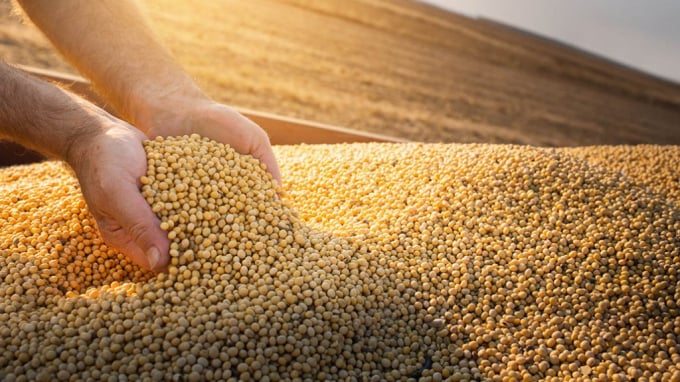
Soybean prices have increased 72% since the end of last year. Photo: TL.
The Vietnam Industry and Trade Center (VITIC) cited the latest report from Rabobank saying that the price of the lean hog is escalating in almost all markets in the world as food processors are rushing to source raw pork and consumers’ demand starts increasing.
Meanwhile, the recovery of the world's pig production is facing many risks and the pig industry has become more cautious, even shrinking in some places. First of all, African swine fever in some areas is unexpectedly harder to deal with causing the slowdown of recovery of pig production in Asia. In addition, the world's pig production is still facing many other diseases, such as Porcine Reproductive and Respiratory Syndrome (PRRS), acute porcine diarrhea (PEDv), causing a shortage of supply. In the US and Mexico, classical swine fever (CSF) re-emerged in Japan and Brazil among others.
Besides, another risk that the global livestock industry is facing comes from the soaring feeding prices and production materials, which gained 35% averagely year-on-year in the first months of this year. In pig farming, the expense for feed gets the lion’s share in the total production cost. Therefore, regional differences in supply and prices of feed and materials are creating a gap in pig prices as well as the recovery of the pig industry.
Due to the high prices of feed and feeding materials, countries that depend on imported feeding materials will expose to more risks than others. This will be exacerbated by fluctuations in currency rates in each country.
For example, China is working to restore pig production. As a result, the country's demand for animal feed increased sharply, causing the global price of oilseeds and corn to skyrocket. Even though, China's accelerated purchase of grains has pushed up the imbalance of global corn and soybean.
In the first four months of this year, China's corn imports increased sharply by 438% year-on-year to 6.7 million tons, or about 20% of the total global corn trade. Because the world's corn stocks have been depleted since last year, China's purchase of such a large volume has caused corn prices to increase sharply by over 71% in the past year.
Animal protein experts said that oilseed stocks in some areas of the world are reaching near the crisis level. Soybean prices have risen 72% since the end of last year. Prices are so high that producers have had to look to other types of nutmeal, but global reserves are generally depleted, and demand for some of these other nuts is also increasing.
Rabobank said that in the face of costly livestock feed and materials in the world, many countries are seeking a way to ease the situation by changing the proportion of ingredients in the feeding.
China, the country with the largest pig herd in the world, is looking for ways to solve the problem of animal feed. In the recently announced plan, China's agricultural industry demanded farmers to limit the use of corn and soybean meal in livestock and offer domestic incentives to increase corn production. Many other countries are also shifting to other alternative feed materials, such as wheat.
Translated by Linh Linh
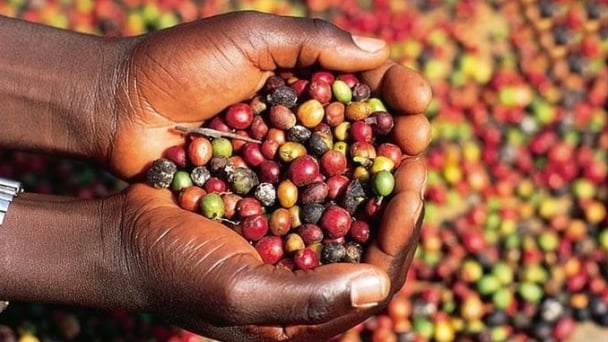
(VAN) Coffee prices on May 29, 2025, are fluctuating. The domestic coffee market declined, dropping by VND 2,200, trading at VND 119,700 – VND 120,000/kg.
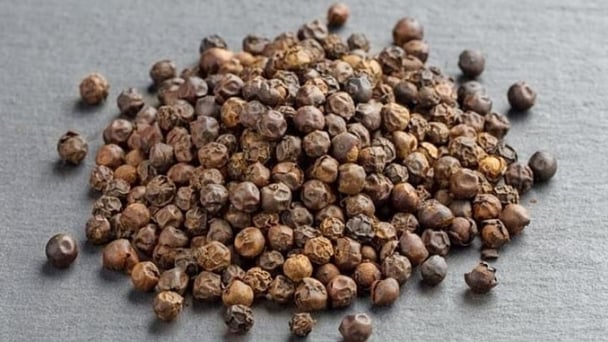
(VAN) Pepper prices on May 29, 2025 declined sharply. Domestic pepper prices in Vietnam remain stable, Trading at VND 147,000 to VND 148,000/kg.
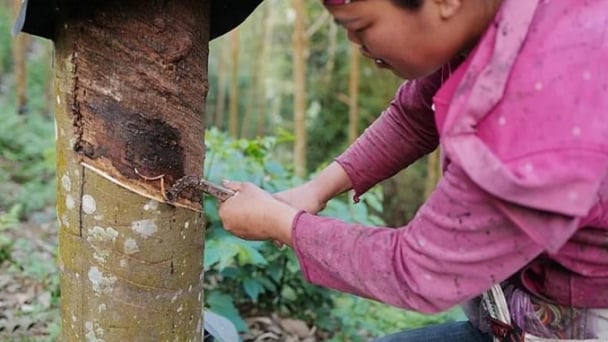
(VAN) Rubber prices on May 28, 2025 are maintaining an upward trend. Domestic latex prices remain stable, trading in the range of VND 397 to VND 462/TSC.
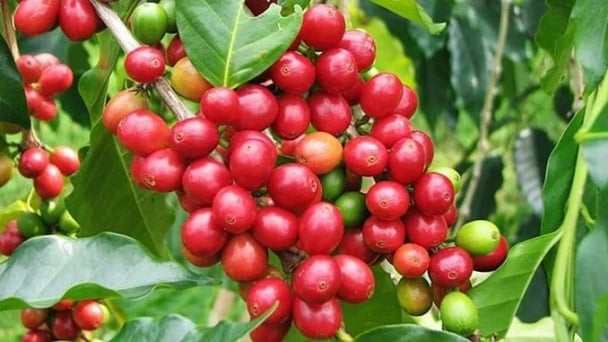
(VAN) Coffee prices on May 28, 2025, show mixed movements. Domestically, prices dropped sharply by VND 1,600, trading at VND 121,700 – VND 122,200/kg.
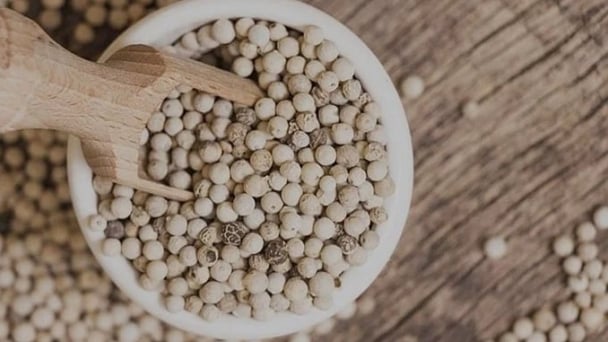
(VAN) Pepper prices on May 28, 2025, remained unchanged globally. Domestic pepper prices have increased by VND 1,500, trading at VND 147,000 – VND 148,000/kg.
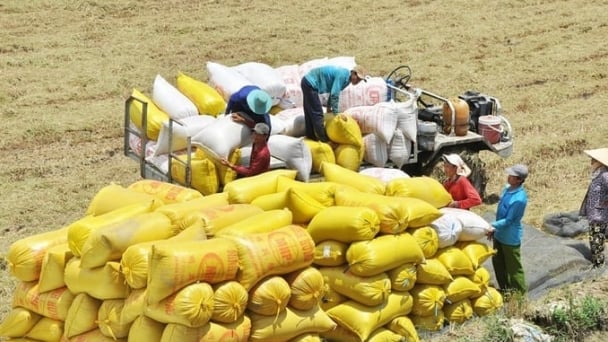
(VAN) Rice prices on May 27, 2025, show no new changes for both paddy and milled rice. Meanwhile, Vietnam’s export rice prices continue to remain flat.
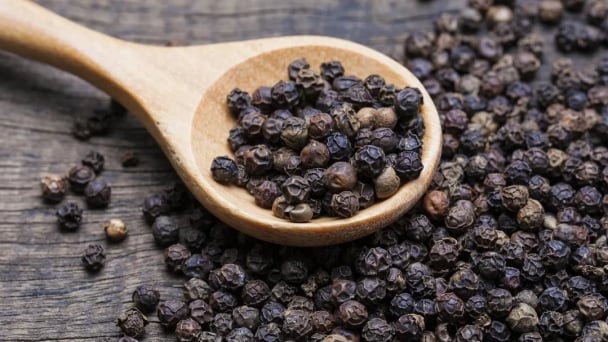
(VAN) Pepper prices on May 27, 2025, recorded a slight increase in Indonesia, while domestic prices remain stable, trading at VND 146,000 to VND 147,000/kg.